Home>Gardening & Outdoor>Landscaping Ideas>How To Improve Clay Soil For Lawns
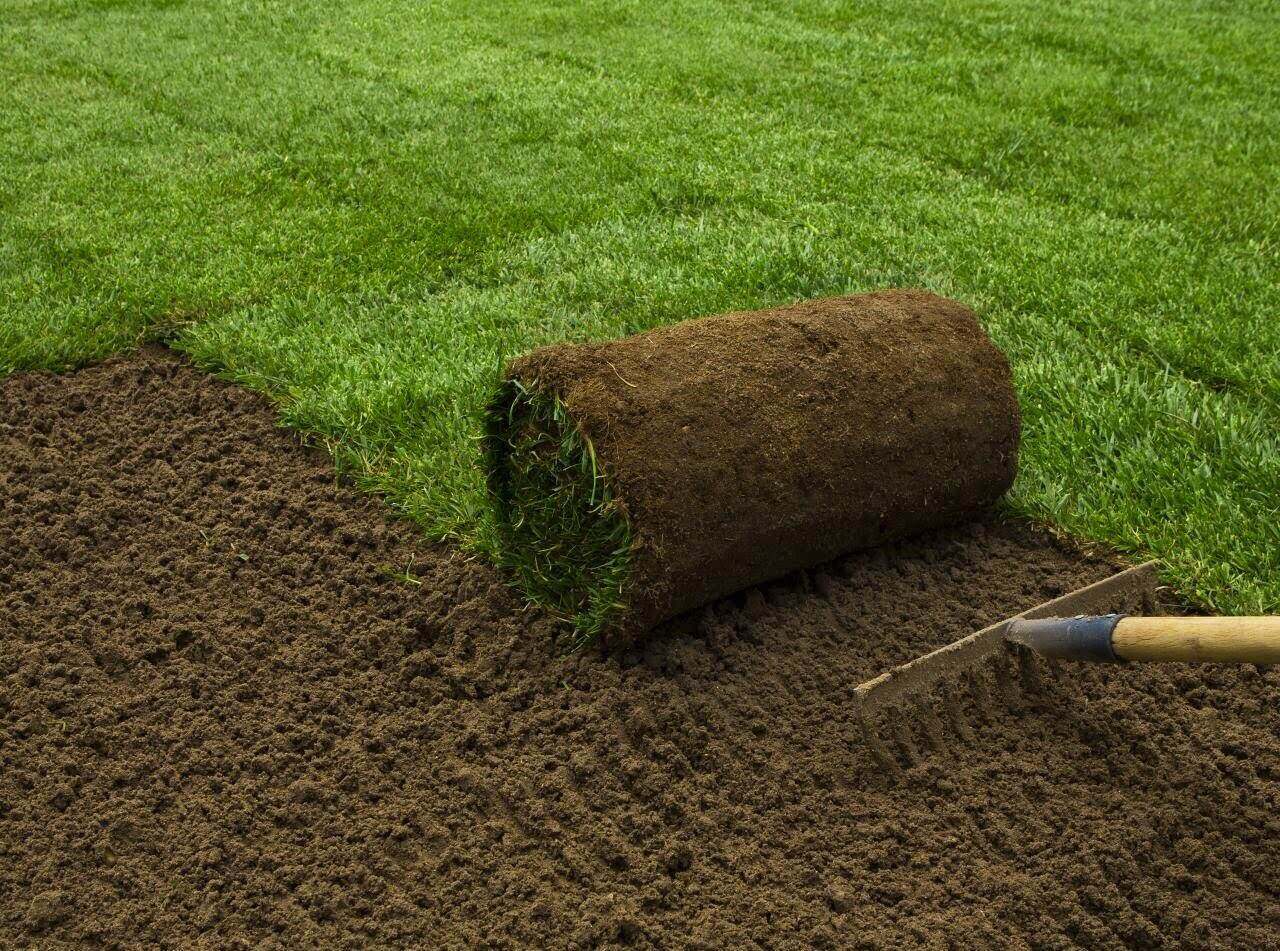

Landscaping Ideas
How To Improve Clay Soil For Lawns
Published: December 25, 2023
Learn effective landscaping ideas to improve clay soil for your lawn. Discover tips and techniques to enhance the quality of your soil for a healthier, lusher lawn.
(Many of the links in this article redirect to a specific reviewed product. Your purchase of these products through affiliate links helps to generate commission for Storables.com, at no extra cost. Learn more)
Introduction
Welcome to the world of landscaping and gardening, where the quality of your soil can make all the difference in the health and vibrancy of your lawn. If you’ve been struggling with clay soil in your yard, you’re not alone. Clay soil, while rich in nutrients, can present challenges for lawn care due to its dense, compact nature. However, with the right knowledge and techniques, you can transform your clay soil into a thriving foundation for a lush, green lawn.
In this guide, we’ll delve into the intricacies of clay soil and explore effective strategies for improving its quality to create an ideal environment for your lawn. Whether you’re a seasoned gardener or just starting out, understanding how to enhance clay soil can significantly impact the success of your landscaping endeavors. From testing the soil to incorporating organic matter and utilizing specific amendments, we’ll cover a range of methods to help you achieve the lawn of your dreams.
So, let’s roll up our sleeves and embark on a journey to unlock the secrets of clay soil improvement, paving the way for a greener, healthier lawn that will be the envy of the neighborhood.
Key Takeaways:
- Transform clay soil into a healthy lawn by adding organic matter like compost and well-rotted manure to improve soil structure and foster healthy grass growth.
- Mitigate waterlogging in clay soil by implementing drainage strategies such as strategic grading, French drains, raised beds, and drainage channels for optimal root development.
Read more: How To Enrich Clay Soil For Grass
Understanding Clay Soil
Clay soil is characterized by its fine particles, which are closely packed together, resulting in a dense and heavy texture. While clay soil offers excellent nutrient retention, its compact nature can lead to poor drainage and aeration, making it challenging for plants, including grass, to thrive. When it comes to lawns, clay soil can impede root development and water infiltration, leading to waterlogging and potential nutrient imbalances.
One of the key features of clay soil is its ability to hold onto moisture for extended periods, which can be both a blessing and a curse. During dry spells, clay soil can retain moisture, providing a reservoir for plants. However, during wet periods, it can become waterlogged, suffocating roots and promoting the growth of certain fungi and diseases.
Understanding the composition and behavior of clay soil is essential for devising effective strategies to improve its quality. By gaining insights into its unique properties and challenges, you can tailor your approach to create an optimal environment for a healthy lawn.
Now that we’ve explored the nature of clay soil, it’s time to roll up our sleeves and take the next step: testing your soil to gain a deeper understanding of its composition and characteristics.
Testing Your Soil
Before embarking on the journey to improve your clay soil, it’s crucial to assess its current state through soil testing. Soil testing provides valuable insights into the composition, pH levels, and nutrient content of your soil, enabling you to make informed decisions about the necessary amendments and treatments.
You can obtain a soil testing kit from a local gardening center or utilize the services of a professional laboratory for a comprehensive analysis. The testing process typically involves collecting soil samples from various areas of your lawn, ensuring that the samples represent the entire space. Once collected, the samples are sent for analysis, and the results will outline essential parameters such as pH levels, nutrient levels, and soil composition.
The pH level of your clay soil is particularly important, as it influences the availability of nutrients to your lawn. While most grasses thrive in slightly acidic to neutral soil (pH 6.0-7.0), clay soil tends to have a higher pH, which can affect nutrient uptake. Based on the test results, you may need to adjust the pH of your soil through the addition of specific amendments, such as elemental sulfur to lower the pH or lime to raise it.
Furthermore, the soil test results will highlight any nutrient deficiencies or imbalances, guiding you in selecting the appropriate fertilizers or organic amendments to address these issues. Armed with this knowledge, you can tailor your soil improvement efforts to meet the specific needs of your lawn, setting the stage for a successful transformation.
Now that you’ve gained insights into the composition and characteristics of your clay soil through testing, it’s time to explore effective methods for enhancing its quality and creating an optimal environment for your lawn.
Adding Organic Matter
Introducing organic matter is a fundamental strategy for improving clay soil and enhancing its overall structure. Organic matter, such as compost, well-rotted manure, and leaf mold, plays a crucial role in addressing the challenges posed by clay soil, including compaction, poor drainage, and limited aeration.
When incorporated into clay soil, organic matter acts as a game-changer, promoting improved soil aggregation and porosity. It helps to create spaces between soil particles, allowing for better air circulation and water drainage, while also providing a hospitable environment for beneficial soil organisms. Additionally, organic matter serves as a reservoir for nutrients, gradually releasing them to the lawn, thus fostering healthy growth.
To effectively add organic matter to your clay soil, consider the following steps:
- Layering: Spread a layer of organic matter, such as compost or well-rotted manure, over the surface of your lawn. This can be done in the spring or fall, allowing the organic matter to gradually integrate into the soil through natural processes.
- Aerating: Utilize a garden fork or mechanical aerator to create holes in the soil, facilitating the penetration of organic matter and promoting better soil structure. Aeration also helps to alleviate compaction, allowing the organic matter to permeate deeper into the soil.
- Topdressing: Apply a thin layer of compost or organic matter directly onto the lawn, focusing on areas with heavy clay soil. This method provides a direct infusion of organic matter into the root zone, benefiting the grass while improving soil quality.
By incorporating organic matter into your clay soil, you’ll witness a transformation in its texture and performance, paving the way for a healthier and more resilient lawn. As we continue our journey to enhance clay soil, let’s explore the use of specific amendments to further optimize its composition and create an ideal environment for your lawn.
Add organic matter such as compost or peat moss to clay soil to improve its structure and drainage. This will help create a healthier environment for grass to thrive.
Using Amendments
Amendments are valuable tools for modifying the properties of clay soil, addressing its challenges, and creating a more hospitable environment for your lawn. These specialized materials can help improve soil structure, enhance drainage, and balance nutrient levels, ultimately fostering optimal conditions for healthy grass growth.
Here are some key amendments to consider for improving clay soil:
- Gypsum: Gypsum is a valuable amendment for clay soil, particularly in addressing compaction issues. When applied to the soil, gypsum works to break up compacted clay, promoting better soil structure and improved drainage. It also aids in reducing the impact of sodium in the soil, which can be detrimental to plant growth.
- Organic-Based Soil Conditioners: Products containing organic materials, such as humic acid or biochar, can be beneficial for enhancing clay soil. These soil conditioners help to improve soil aggregation, increase nutrient retention, and promote microbial activity, fostering a healthier soil ecosystem.
- Perlite and Vermiculite: These lightweight, mineral-based amendments are effective for enhancing aeration and drainage in clay soil. By incorporating perlite or vermiculite into the soil, you can mitigate the dense nature of clay, creating a more balanced and conducive environment for root development.
- Compost Tea: Compost tea, a liquid solution derived from steeping compost in water, serves as a natural amendment that introduces beneficial microorganisms and nutrients to the soil. It can help improve soil structure and stimulate microbial activity, contributing to overall soil health.
When incorporating amendments into your clay soil, it’s important to follow application guidelines and consider the specific needs of your lawn. Whether addressing compaction, enhancing nutrient availability, or promoting better drainage, the strategic use of amendments can significantly enhance the quality of your soil, setting the stage for a thriving lawn.
As we delve deeper into the realm of soil improvement, let’s explore methods for enhancing drainage in clay soil, a crucial aspect of creating an optimal environment for your lawn.
Read more: How To Grow Grass In Clay Soil
Improving Drainage
Addressing drainage issues in clay soil is essential for creating a conducive environment for healthy lawn growth. The dense nature of clay can lead to waterlogging, inhibiting root development and promoting conditions that are favorable to certain diseases. By implementing targeted strategies to enhance drainage, you can mitigate these challenges and set the stage for a thriving lawn.
Here are effective methods for improving drainage in clay soil:
- Strategic Grading: Assess the topography of your lawn and consider strategic grading to redirect water flow away from problem areas. By creating gentle slopes and contouring the landscape, you can prevent water from pooling in low-lying areas, thereby improving overall drainage.
- Install French Drains: French drains are underground drainage systems designed to redirect excess water away from specific areas. By installing perforated pipes surrounded by gravel, water can be efficiently channeled away from the soil, alleviating waterlogging and promoting healthier root systems.
- Utilize Raised Beds: For areas with persistent drainage issues, raised beds offer a practical solution. By elevating the planting area, you can create a well-drained environment for your lawn, reducing the impact of clay soil’s natural tendencies towards water retention.
- Integrate Drainage Channels: Incorporating shallow channels or swales in your landscape design can help manage water runoff and prevent water accumulation. These features effectively guide excess water away from the lawn, contributing to improved drainage.
By implementing these drainage improvement strategies, you can mitigate the challenges posed by clay soil and create an environment that is conducive to healthy lawn growth. Effective drainage not only promotes optimal root development but also reduces the risk of water-related issues, allowing your lawn to thrive in a balanced and well-aerated soil environment.
With a focus on enhancing drainage, we’ve explored essential methods for optimizing the performance of clay soil, setting the stage for a vibrant and resilient lawn. As we conclude our journey, let’s reflect on the transformative potential of these techniques and the rewarding results they can yield for your landscaping endeavors.
Conclusion
Congratulations on embarking on the journey to improve your clay soil for a healthier, more vibrant lawn. By gaining a deeper understanding of the unique characteristics and challenges of clay soil, and implementing targeted strategies, you’ve set the stage for a transformative impact on your landscaping endeavors.
Through soil testing, you’ve gained valuable insights into the composition, pH levels, and nutrient content of your soil, empowering you to make informed decisions about the necessary amendments and treatments. Armed with this knowledge, you’ve embarked on a comprehensive approach to enhance the quality of your clay soil, addressing its compaction, drainage, and nutrient availability.
By incorporating organic matter, such as compost and well-rotted manure, you’ve significantly improved the structure and performance of your clay soil. This essential step has created a more hospitable environment for beneficial soil organisms, while also serving as a reservoir for nutrients, fostering healthy grass growth.
Furthermore, the strategic use of amendments, such as gypsum, organic-based soil conditioners, and perlite, has further optimized the composition of your soil, promoting better aeration, drainage, and nutrient balance. These specialized materials have played a pivotal role in addressing the challenges posed by clay soil, setting the stage for a healthier lawn.
By focusing on improving drainage, you’ve effectively mitigated waterlogging and created a balanced, well-aerated soil environment conducive to optimal root development. Through strategic grading, French drains, raised beds, and drainage channels, you’ve successfully managed water runoff and prevented water accumulation, fostering an environment that supports healthy lawn growth.
As you continue to apply these techniques and witness the transformation of your clay soil, remember that patience and consistency are key. The process of soil improvement is a journey that unfolds over time, yielding increasingly rewarding results as your lawn thrives in its revitalized environment.
With your newfound knowledge and the implementation of these proven strategies, you’re well-equipped to nurture a lush, green lawn that will be the pride of your landscape. Embrace the journey, celebrate the progress, and revel in the beauty of a flourishing lawn, all made possible through your dedication to enhancing your clay soil.
Here’s to the success of your landscaping endeavors and the enduring beauty of your revitalized lawn.
Frequently Asked Questions about How To Improve Clay Soil For Lawns
Was this page helpful?
At Storables.com, we guarantee accurate and reliable information. Our content, validated by Expert Board Contributors, is crafted following stringent Editorial Policies. We're committed to providing you with well-researched, expert-backed insights for all your informational needs.
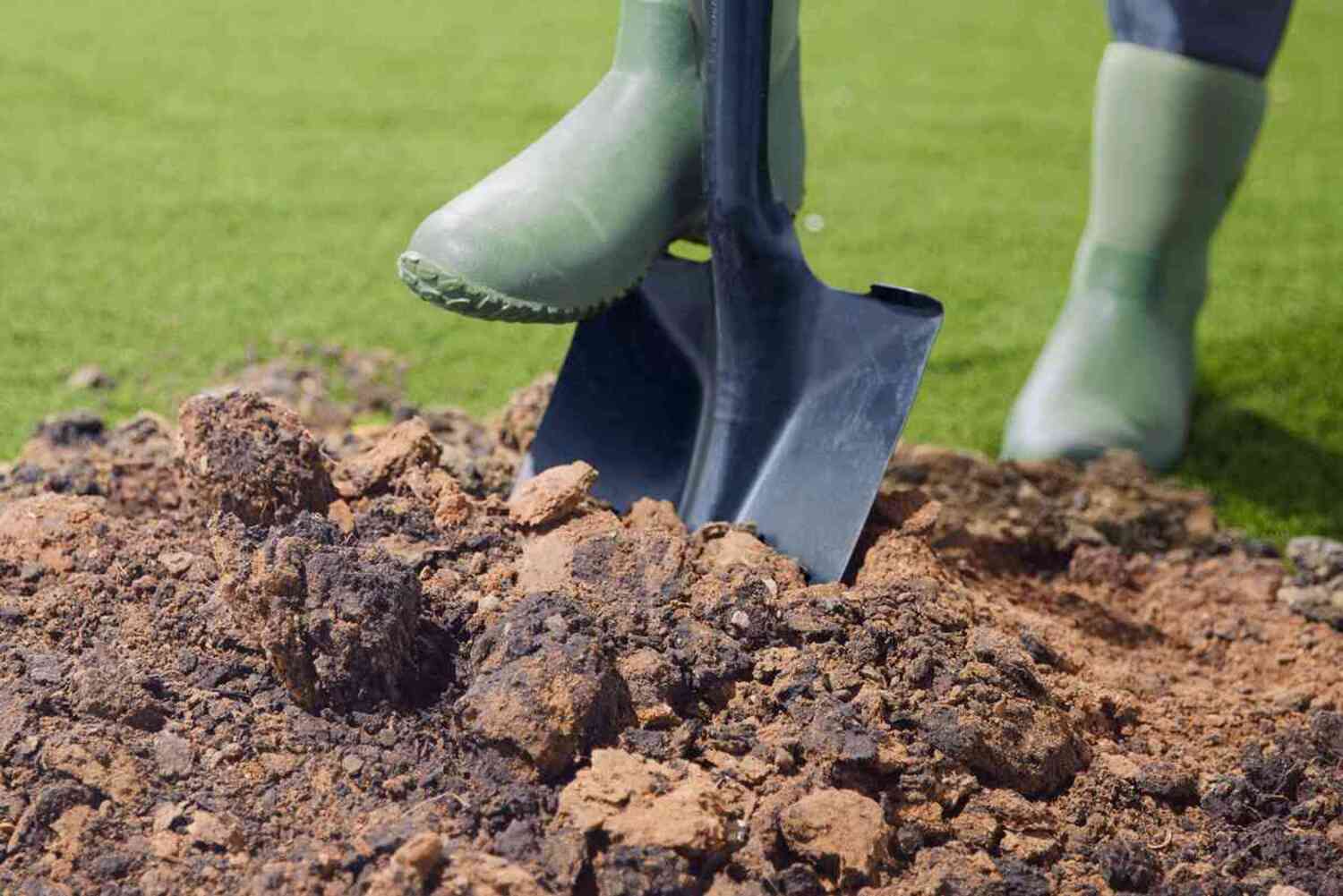
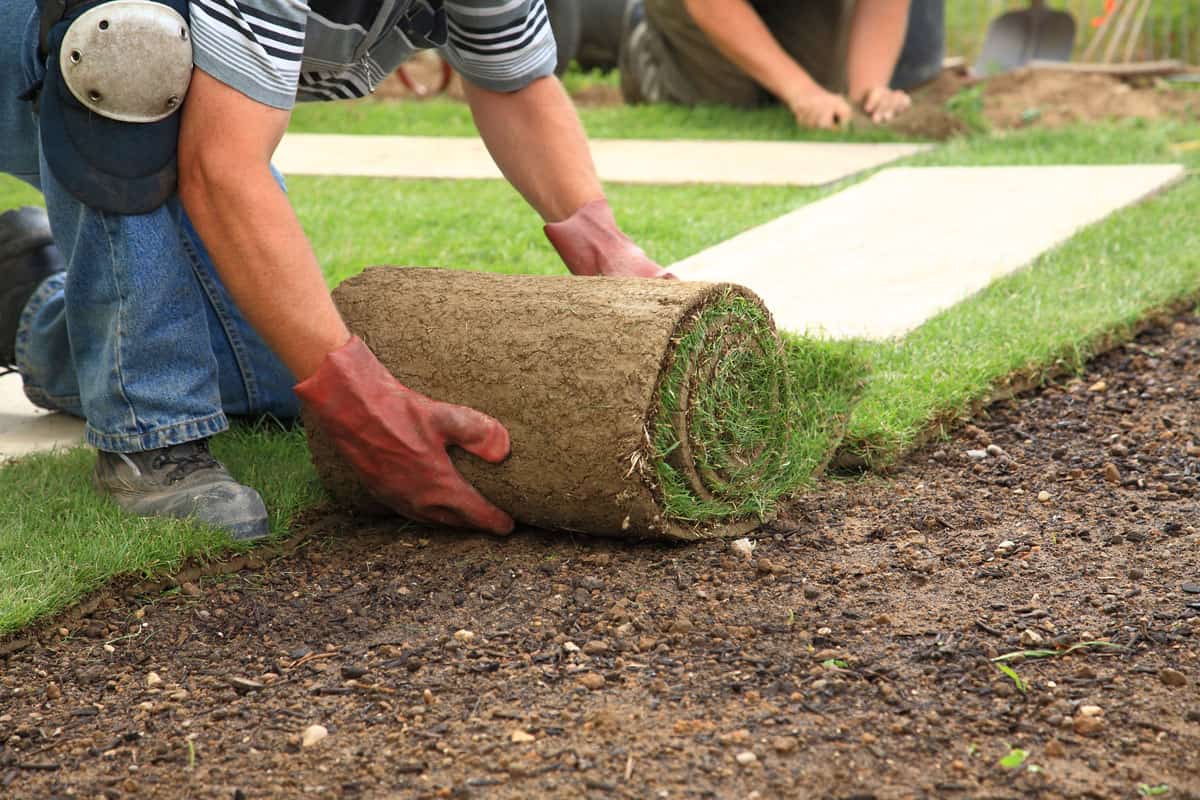
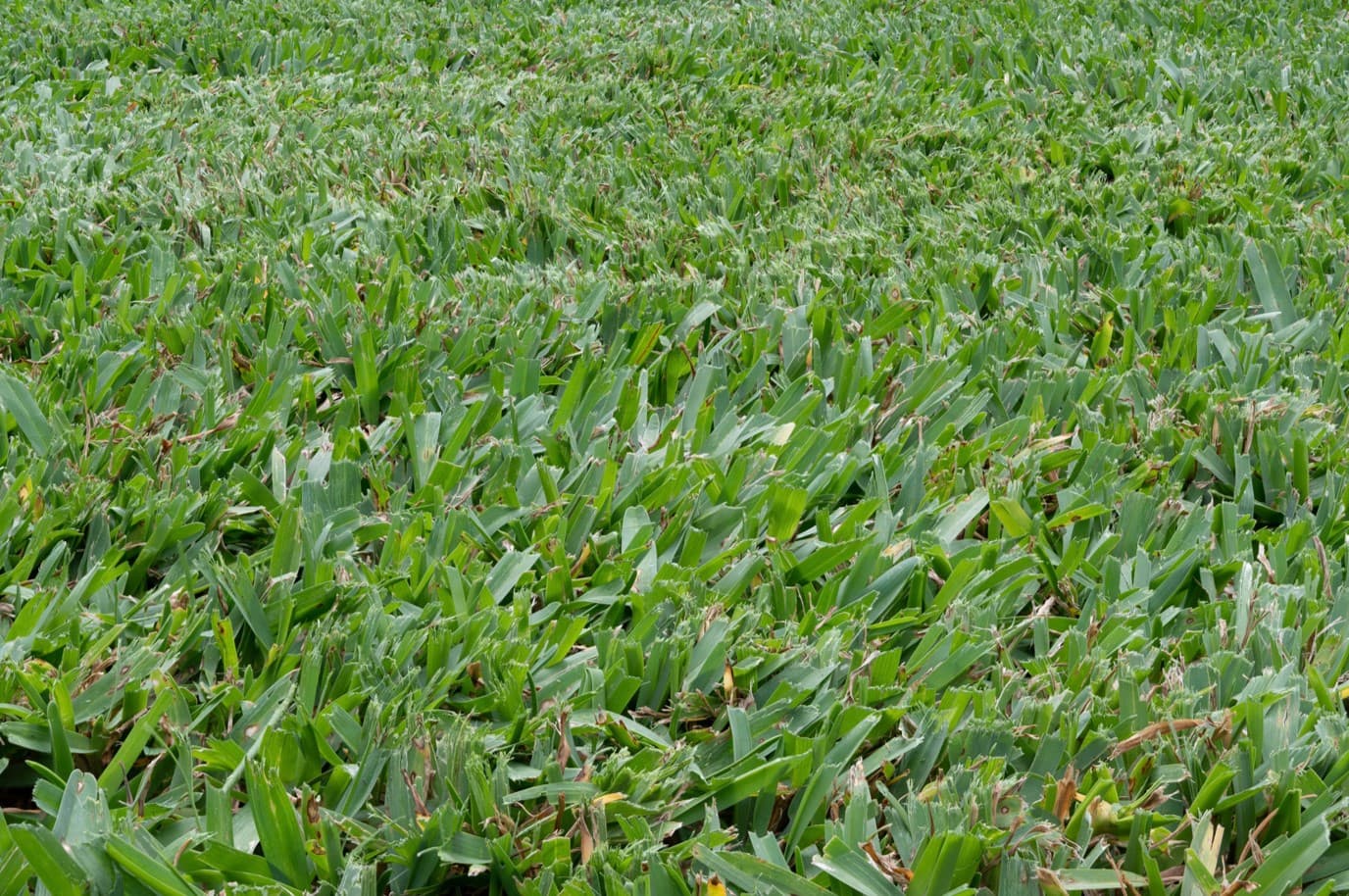
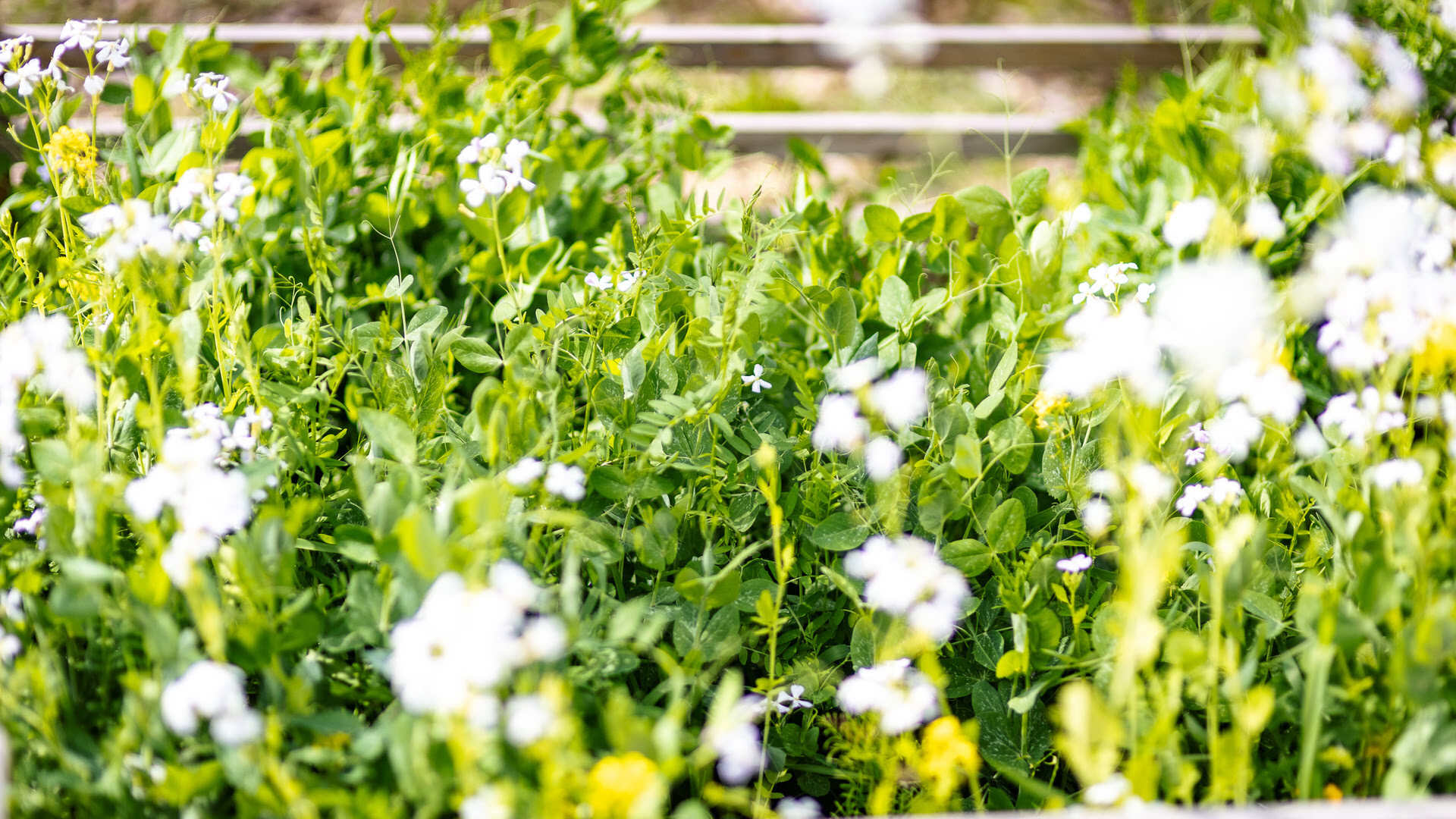
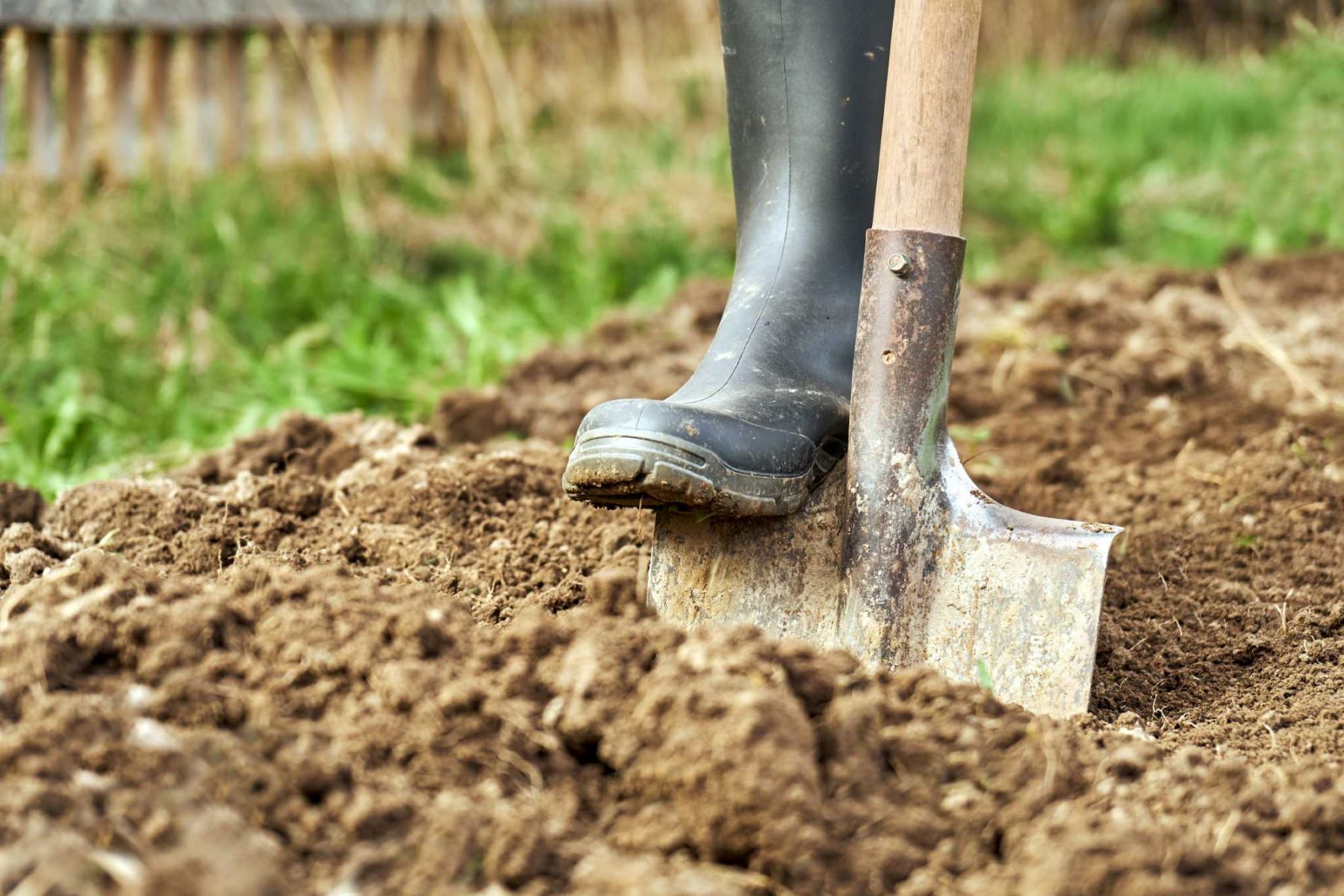
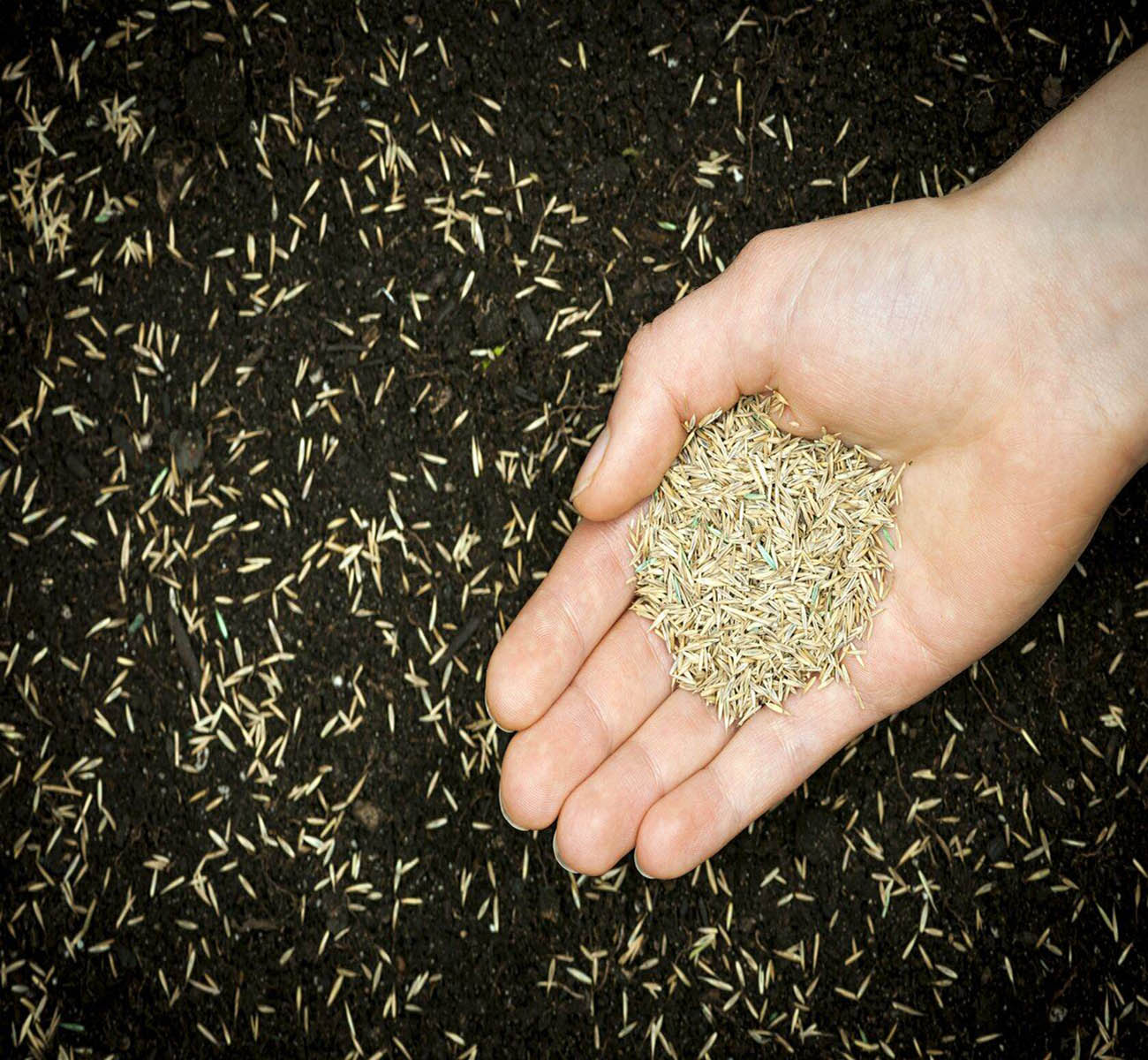
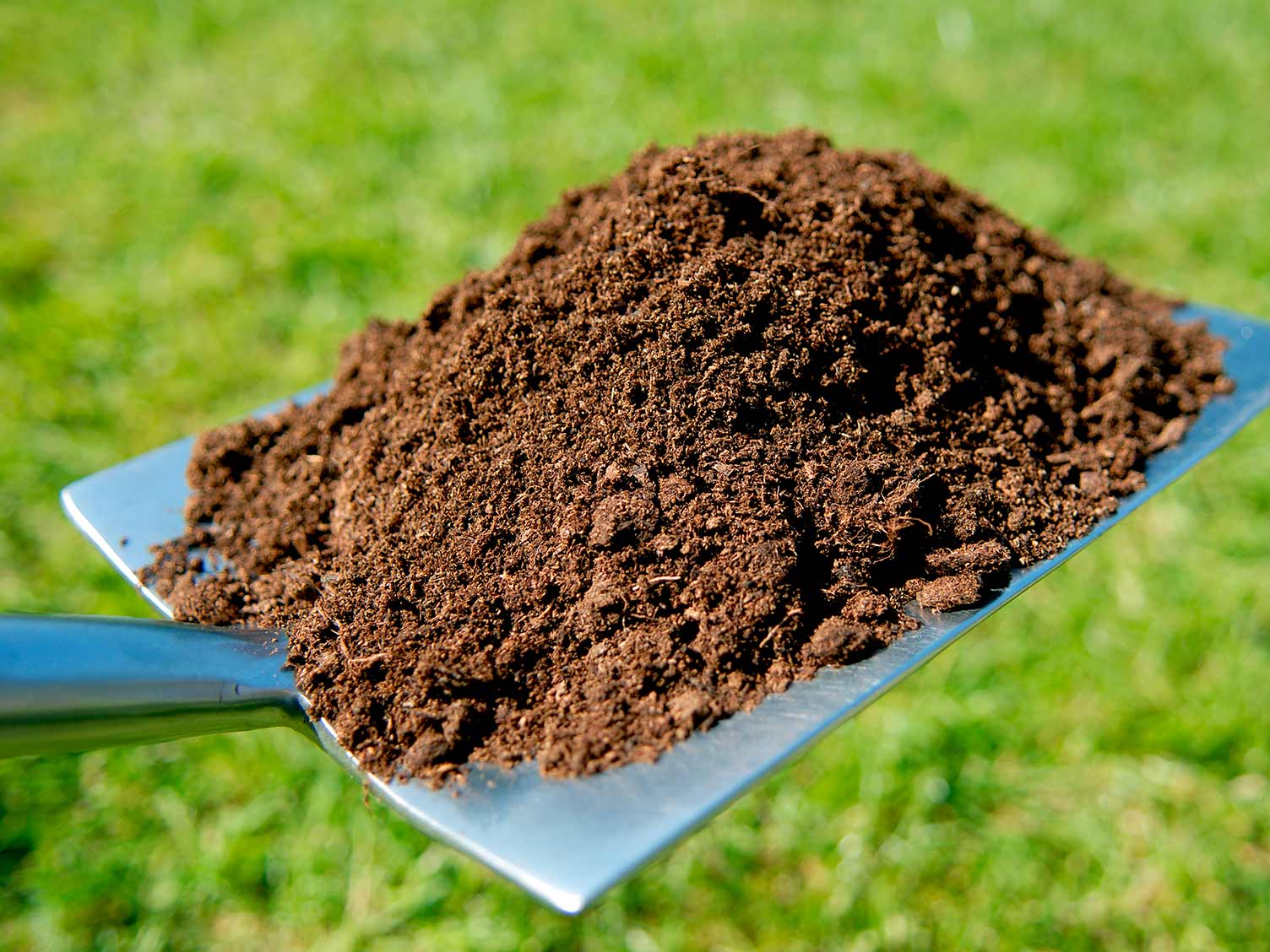
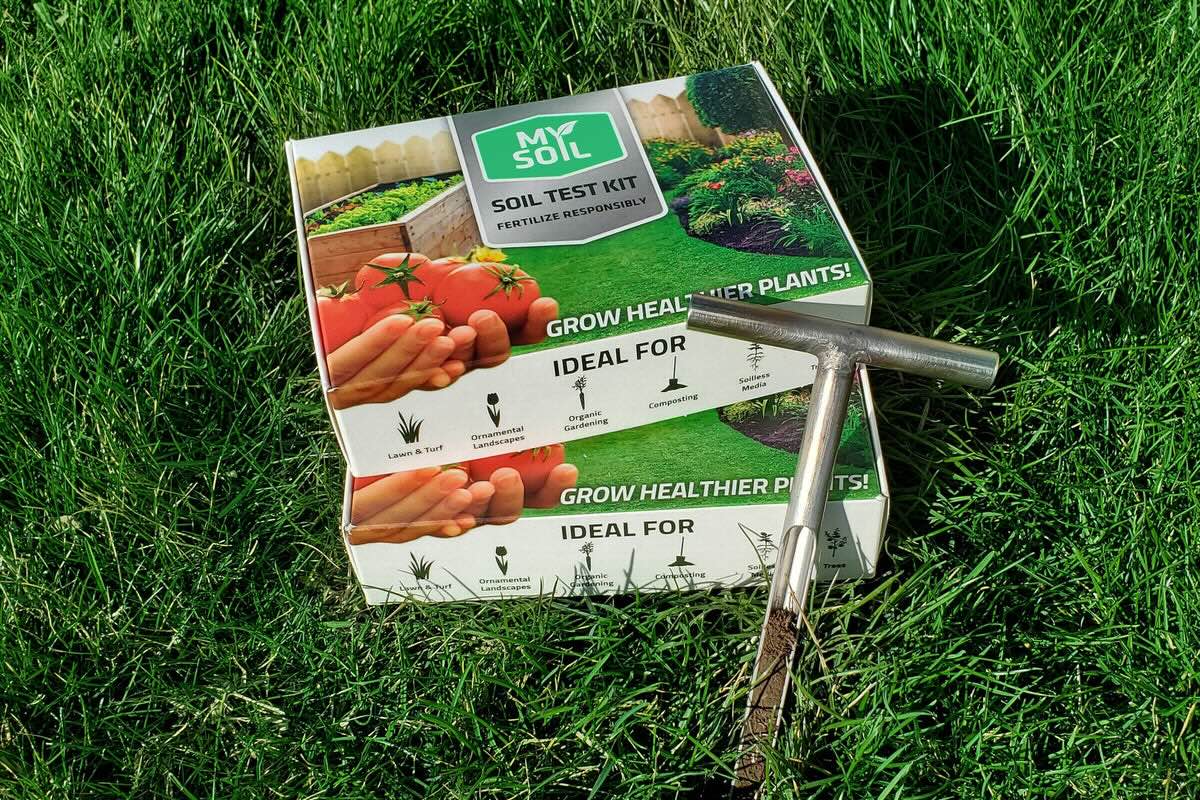
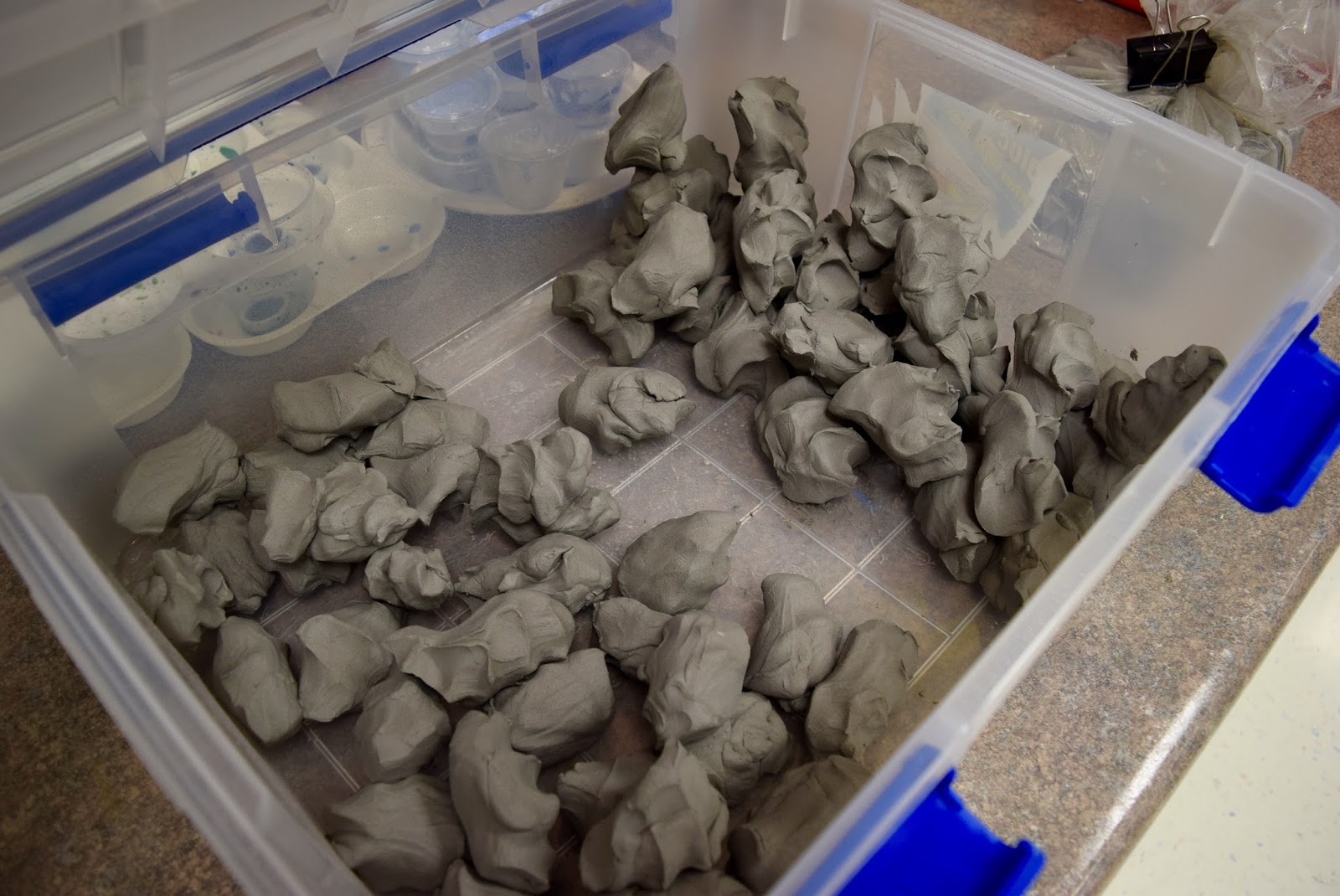
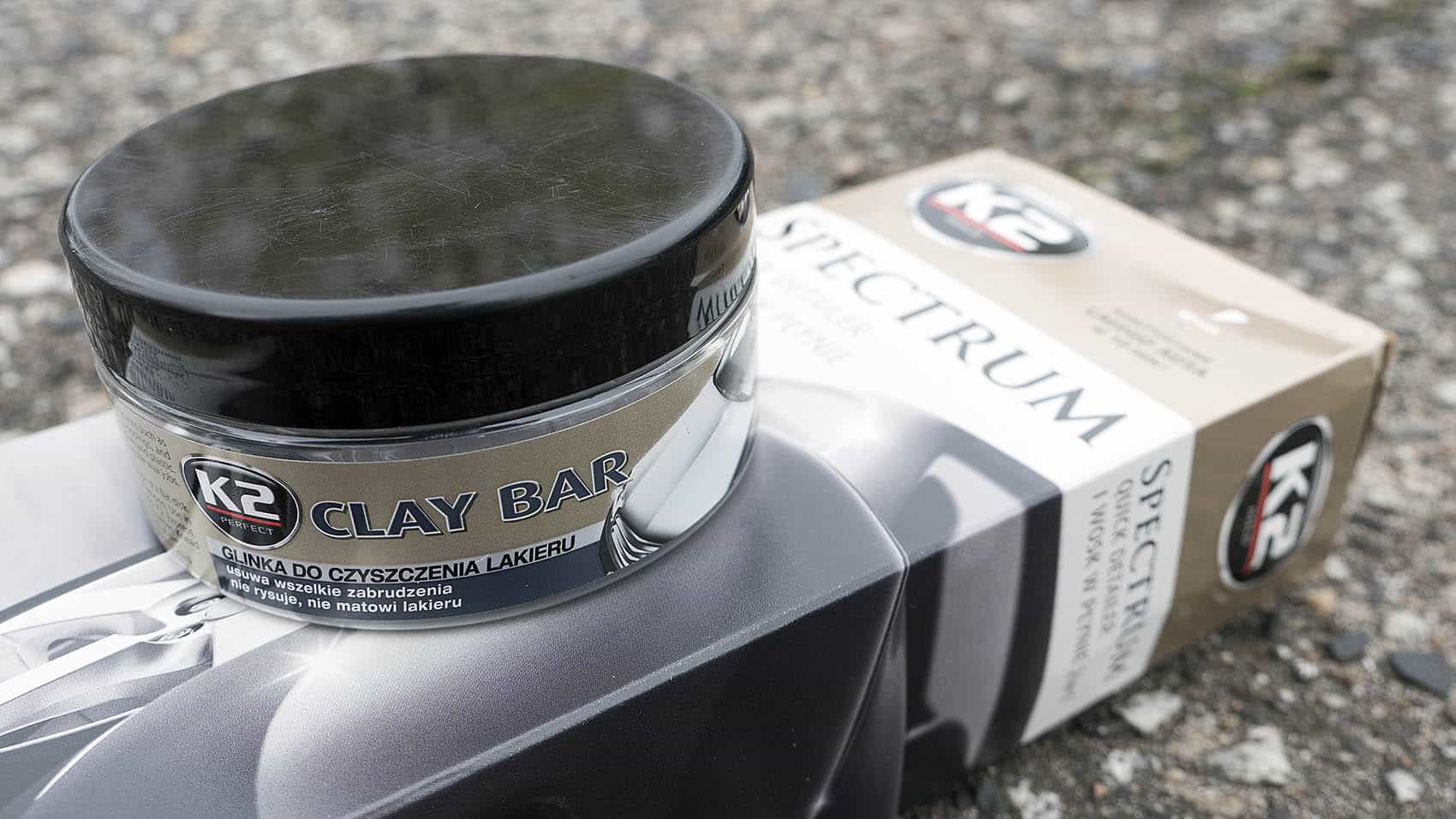
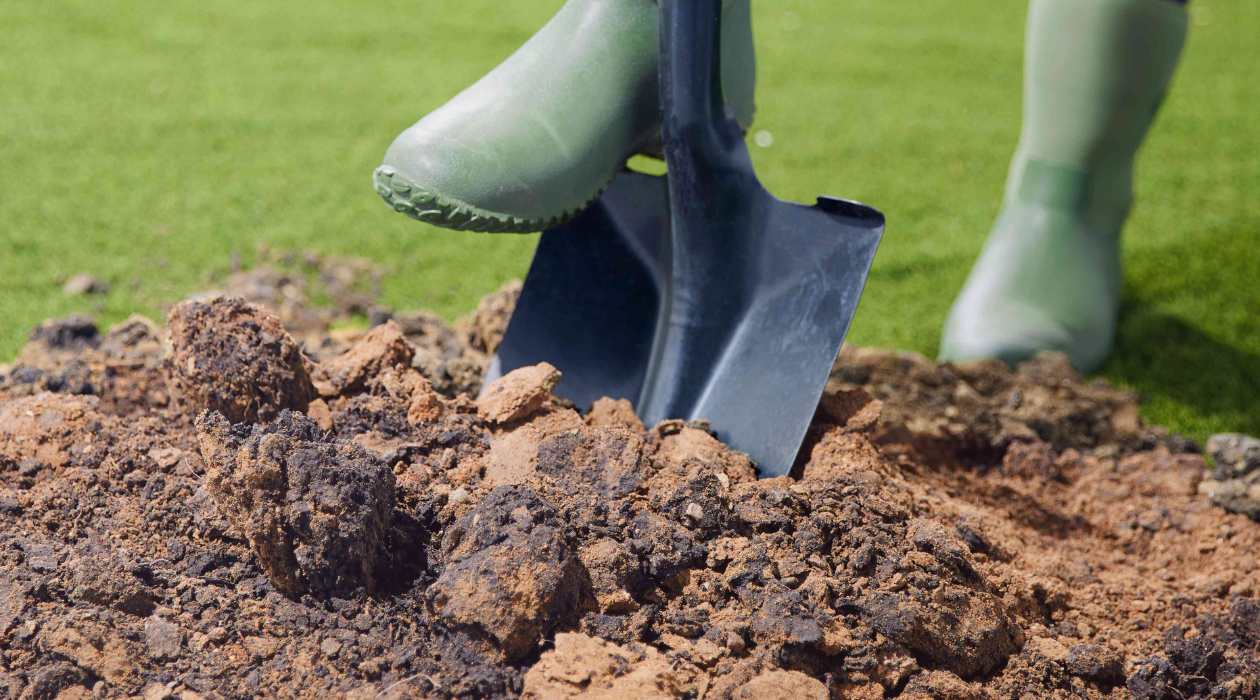

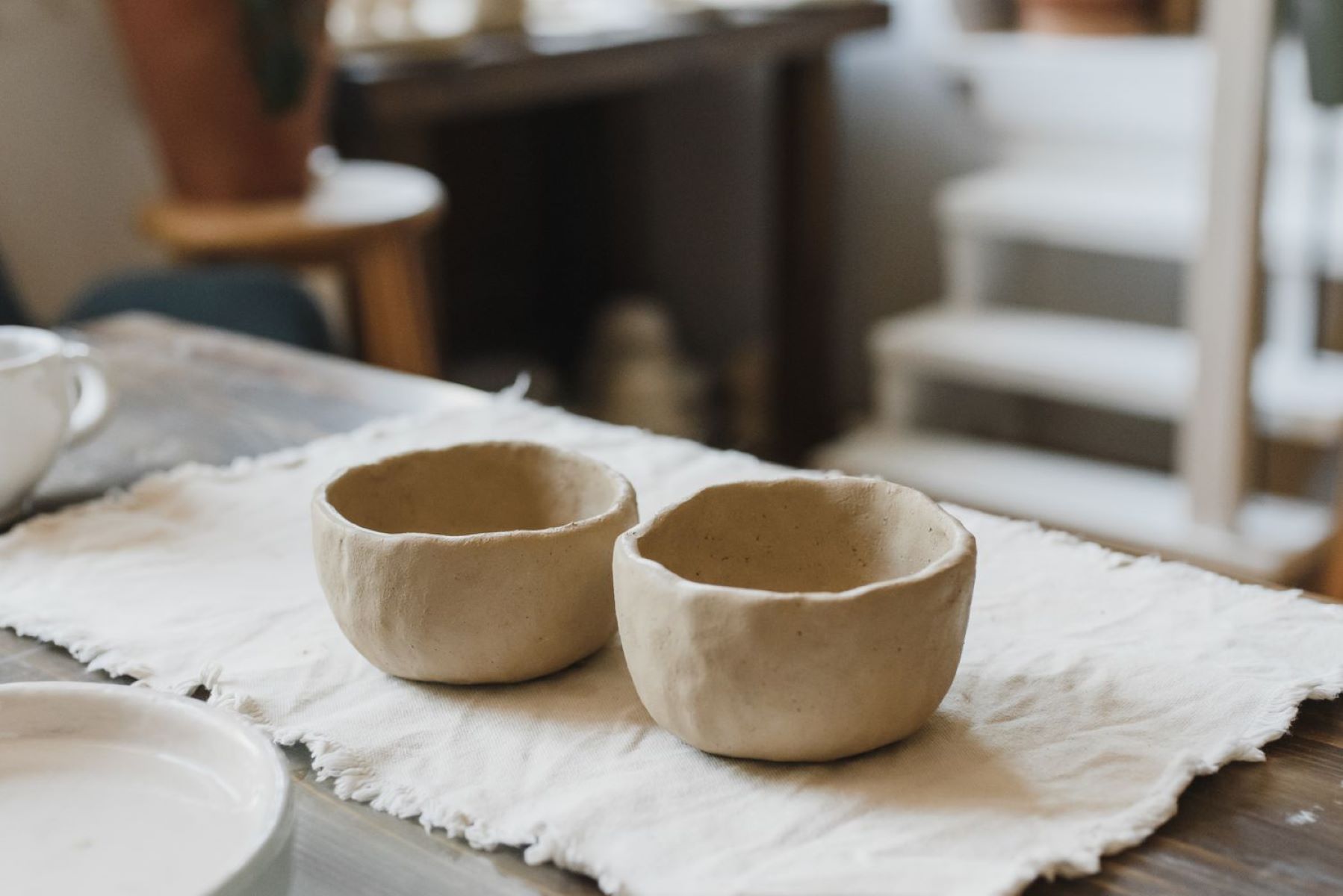
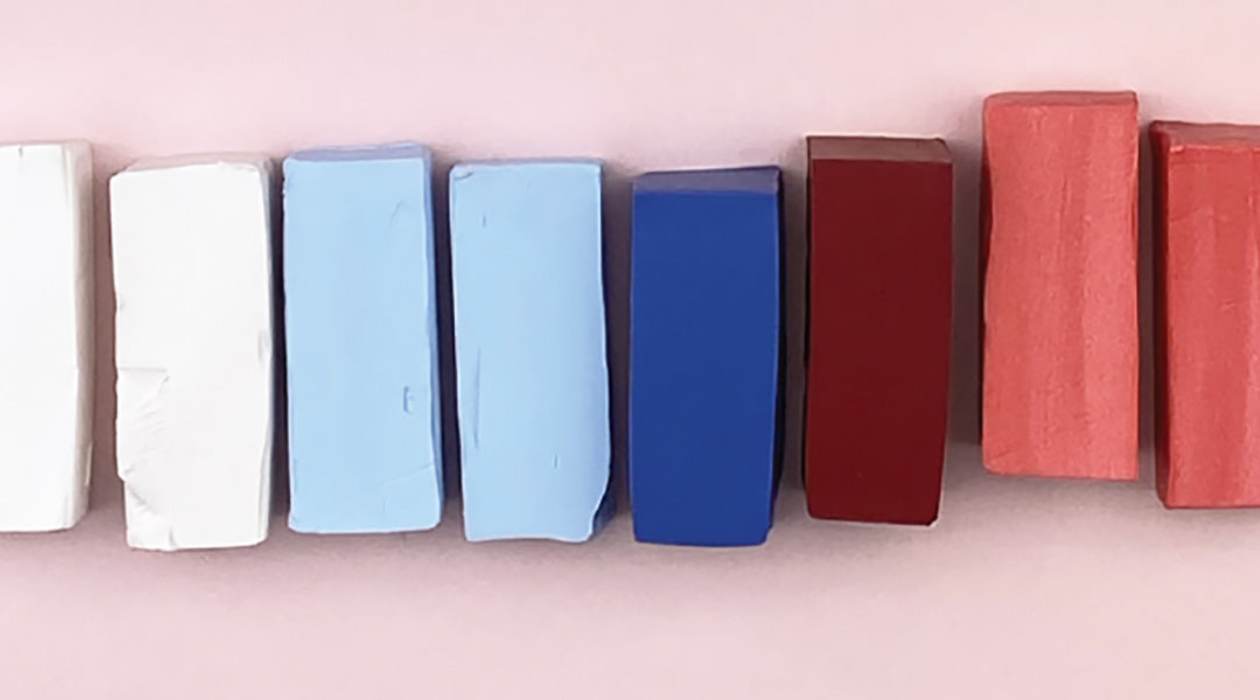

0 thoughts on “How To Improve Clay Soil For Lawns”